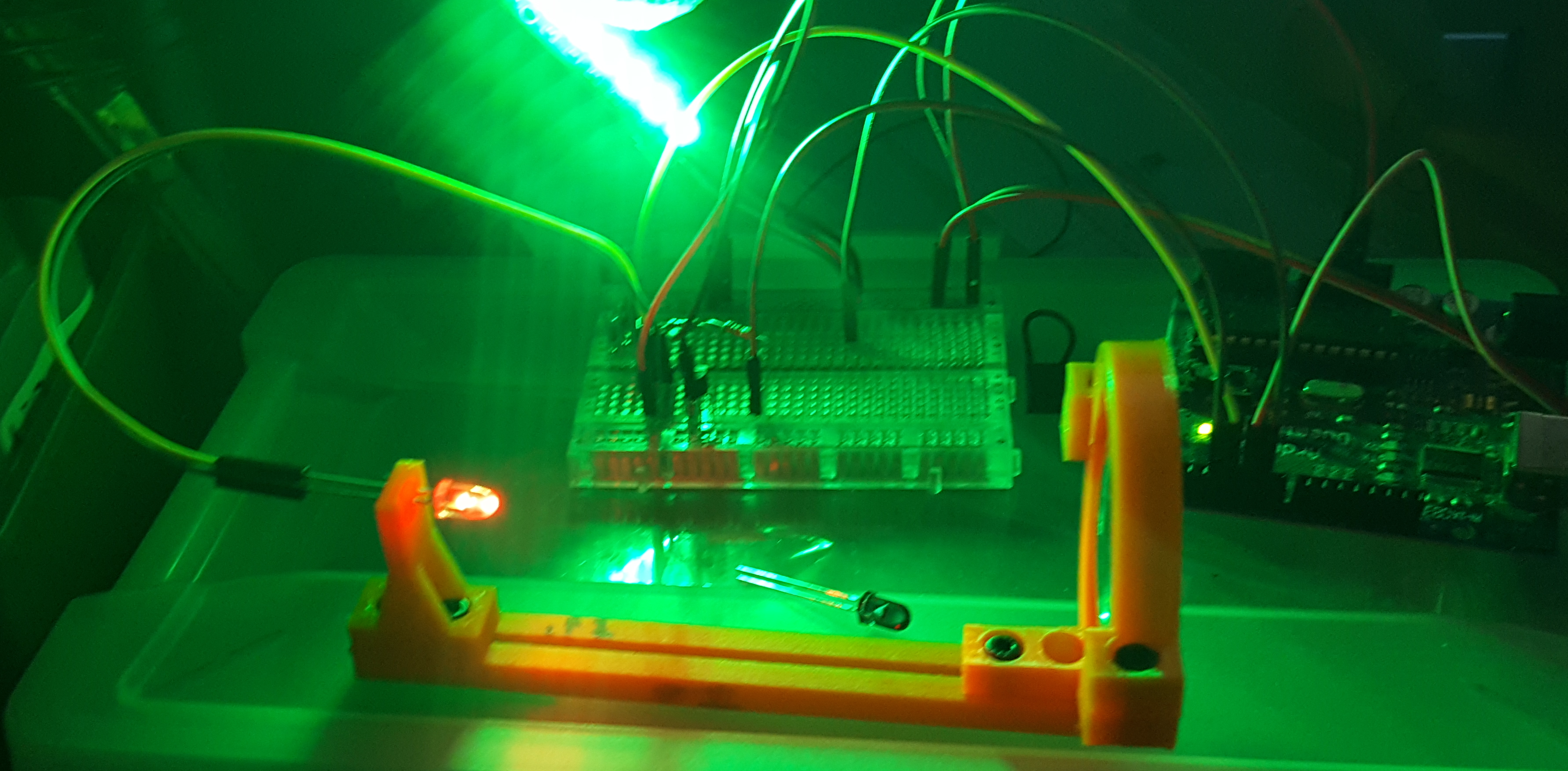Duck
Active member
I gave a few teasers in another thread but I wanted to start a thread to share progress on my flying laser tag gun. I wanted to share progress and collect a few suggestions along the way.
Previous Thread:
https://forum.flitetest.com/index.php?threads/laser-tag-combat-community-suggestions.37994/
Blog Post:
https://executedata.blogspot.com/2020/03/flying-laser-tag-gun.html
To justify forking the thread, here is an exclusive never before seen shot of the IR TX while I was testing the focus in the dark with a visible light LED.

All the bits are up on github if you want more:
https://github.com/afaucher/Tagger
Previous Thread:
https://forum.flitetest.com/index.php?threads/laser-tag-combat-community-suggestions.37994/
Blog Post:
https://executedata.blogspot.com/2020/03/flying-laser-tag-gun.html
To justify forking the thread, here is an exclusive never before seen shot of the IR TX while I was testing the focus in the dark with a visible light LED.

All the bits are up on github if you want more:
https://github.com/afaucher/Tagger







